It’s safe to say that all of us enjoy the occasional sweet treat. And of course, we’re also all familiar with that age old saying “everything in moderation”. But what happens when you overdo it?
The sad truth is that consuming too much sugar can be devastating for your health and can lead to weight gain, blood sugar problems and an increased risk of heart disease, among other dangerous conditions. Worryingly, research shows that the average American consumes, on average, 126.4 grams of sugar per day — the equivalent of a whopping 30 teaspoons. That’s about half of Australia’s estimated sugar consumption per capita, which is 60 grams everyday per person – still over the recommended daily intake outlined by the World Health Organisation.
This alarming statistic is the reason why many Australian dental clinics are willing to openly discuss methods for reducing sugar intake with their patients. Whether you go to see your local Epping dentist or head to a specialist clinic in the city of Melbourne, you can expect to leave with plenty of valuable information on how to cut down on your sugar intake. So why don’t we start being a little more conscious with our sugar intake too?
If you want to be your healthiest self, reducing your sugar intake is a must. However, the good news is that cutting down on sugar doesn’t mean that you have to give up on your favourite desserts altogether. By making some simple swaps and paying close attention to nutritional panels and ingredient lists, you’ll be able to enjoy all your favourite foods without the risk of maxing out on your daily sugar intake allowance.
To get the ball rolling, here are 6 practical tips for reducing your sugar intake while still enjoying the little things in life.
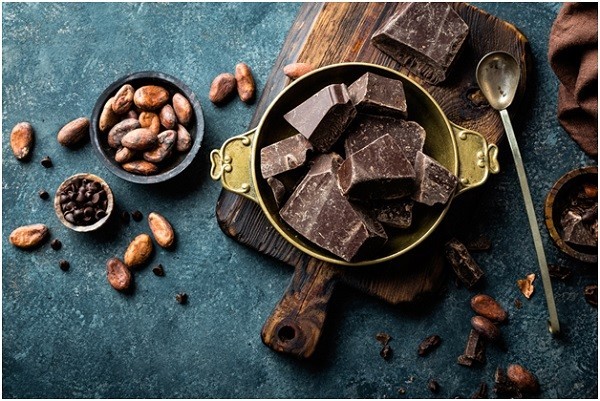
1. Step Into The Dark Side
Chocolate is, by far, one of the most widely and frequently craved foods in the world. In fact, the global cocoa industry has been estimated to be worth around US$4-5 billion! That’s a lot of chocolate cake, pudding and other desserts made with the world’s favourite sweet treat.
If you’re a chocoholic who has no plans to give up your favourite fix, a great way to reduce your sugar consumption is to step into the world of dark chocolate. Unlike its milk and white counterparts, dark chocolate not only is much lower in sugar content, but is also packed with important minerals, including iron, magnesium, zinc, copper and phosphorus. Studies have even found that this bittersweet treat may lower blood pressure and improve blood flow.
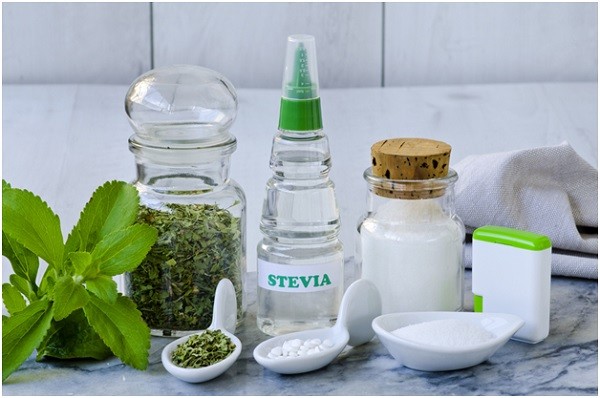
2. Switch To Natural Zero Calorie Sweeteners
If you love baking or making sweet treats, the good news is that you don’t have to give up your favourite pastime. There are now dozens of natural, zero-calorie sweeteners and substitutes on the market that make it incredibly easy to prepare your favourite desserts without the need for cane sugar. Some of our favourite natural sugar alternatives include Monk Fruit, Stevia, Erythritol and Xylitol.All of these sweeteners are anywhere between 100-200 times sweeter than sugar per gram and contain zero calories, zero carbohydrates, zero sodium, and zero fat. They are also frequently used in recipes that cater to the Ketogenic and/or diabetic market, allowing you to indulge in all sorts of desserts and foods without the guilt (or a spike in blood sugar).
Generally, we recommend avoiding artificial sweeteners containing aspartame, saccharine, and other synthetic ingredients as studies have shown that regular intake may actually heighten your motivation to eat sugary foods.
Note: One thing to note, however, is that Xylitol is extremely toxic to cats and dogs. Even small amounts of xylitol can cause hypoglycemia, seizures, liver failure, or even death in dogs. Be sure to always keep treats made with Xylitol far away from pets.
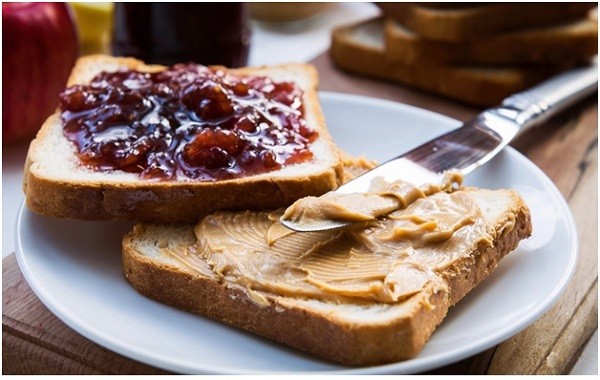
3. Reconsider Low Fat Options
The low fat trend originally started in the 1960s as a means of advising people to steer clear of “too much fat, saturated fat, and cholesterol,” because of purported ties between fat intake and heart disease. Although no longer as popular as it was back in the day, you’ll still notice low fat versions of your favourite foods wherever you go. Whether this is yoghurt, peanut butter or salad dressing, low fat options are widely available and frequently chosen in the name of health.
Unfortunately, many low fat varieties of foods usually contain more sugar and sometimes more calories than their full-fat counterparts. But why is this so? Simply put, fat is flavour. When it is removed from food, sugar is often added to heighten and make up for a loss of texture, flavour and mouthfeel. So, if you are looking to cut down on your sugar consumption, we highly recommend choosing full-fat versions instead.
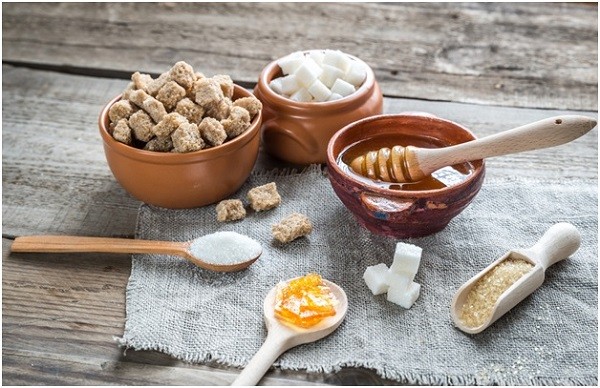
4. Recognise All The Different Names For Sugar
Unless you’re an avid home cook or baker, chances are your idea of sugar is simply the stuff you put into your tea and coffee, aka table sugar. However, it is important to note that there are a whopping 56 names for added sugar, some of the most commonly found including:
- dried cane juice
- high fructose corn syrup
- molasses
- honey
- agave nectar
- fruit juice concentrates
- brown rice syrup
- maple syrup
- sucrose, glucose, fructose, dextrose, maltose—or any word ending in “-ose”
Because sugar goes by so many different names, it is incredibly easy for manufacturers to hide how much sugar is truly in a given product. Just because you don’t see “sugar” on the ingredient list does not guarantee that an item is sugar or sweetener-free. By learning to recognise the many names that sugar goes by, you will be much better equipped to make better choices when purchasing ingredients, snacks and other food products at your local supermarket.
Tip: Ingredients on a nutritional label are always listed in descending order by weight. The closer these sugar ingredients are to the beginning of the list, the more of that sweetener is used in the food.
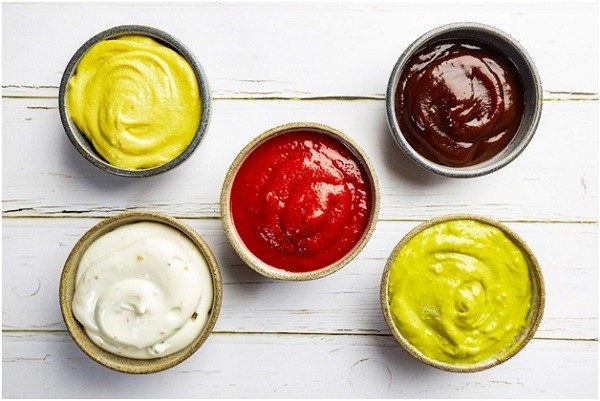
5. Pay Attention To Sneaky Condiments
Many of us rely on a variety of condiments, sauces, dips and dressings to add a punch of flavour to our meals. Unfortunately, the truth is that almost every bottled condiment, sauce or dressing is loaded with refined sugars. Ketchup, balsamic vinaigrette, pasta sauce, barbecue sauce, teriyaki sauce, the list goes on. Extra ingredients like high fructose corn syrup or honey that are often found in these add-ons can quickly derail your daily recommended sugar intake of roughly 50 grams of sugar per day.
Instead, look towards healthier, whole-foods substitutes for your favourite condiments and sauces. For example, two tablespoons of ketchup have just over 7 grams of sugar, while the same serving of salsa carries just 1.4 grams without sacrificing on flavour. In a nutshell, paying close attention to the condiments you add to your meals and opting for healthier alternatives is one of the easiest and most effective ways of drastically reducing your sugar intake while still enjoying flavourful, satisfying meals.
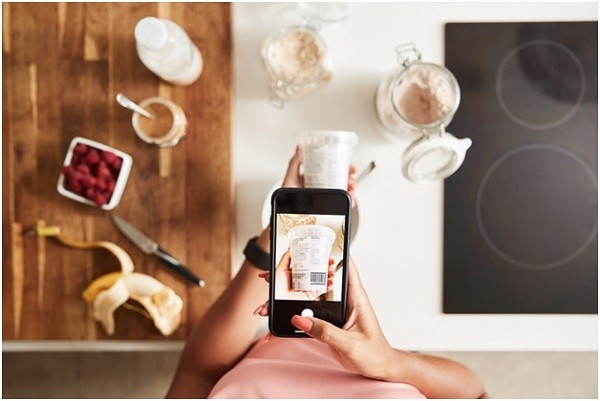
6. Consider Tracking Your Macros
If you thought that tracking your macros is something only athletes or ‘gym bros’ do, think again. Macronutrient counting is an excellent tool for anyone who is looking to reduce sugar intake, lose weight or take control of their health. By keeping track of your sugar intake with the help of a macro tracking app, you’ll have a much better understanding of what you’re putting in your body everyday. These apps not only track the number of calories you’re consuming but also give you a breakdown of the grams of carbs, protein, fats and sugar in your meals.
Once you get the hang of logging your meals every day, you can then seek to make positive changes to your intake in order to meet your health and fitness goals.
___________
And there you have it – 6 simple ways you can drastically cut down on your sugar intake while still enjoying the simple pleasures of life. By using these helpful steps in your everyday life, you’ll be making great strides toward your health.
What are some of your personal favourite ways of cutting down on sugar? Be sure to share your ideas and recommendations in the comment section below!
Last Updated on May 3, 2023 by Marjorie R. Rogers, MA (English), Certified Consultant

